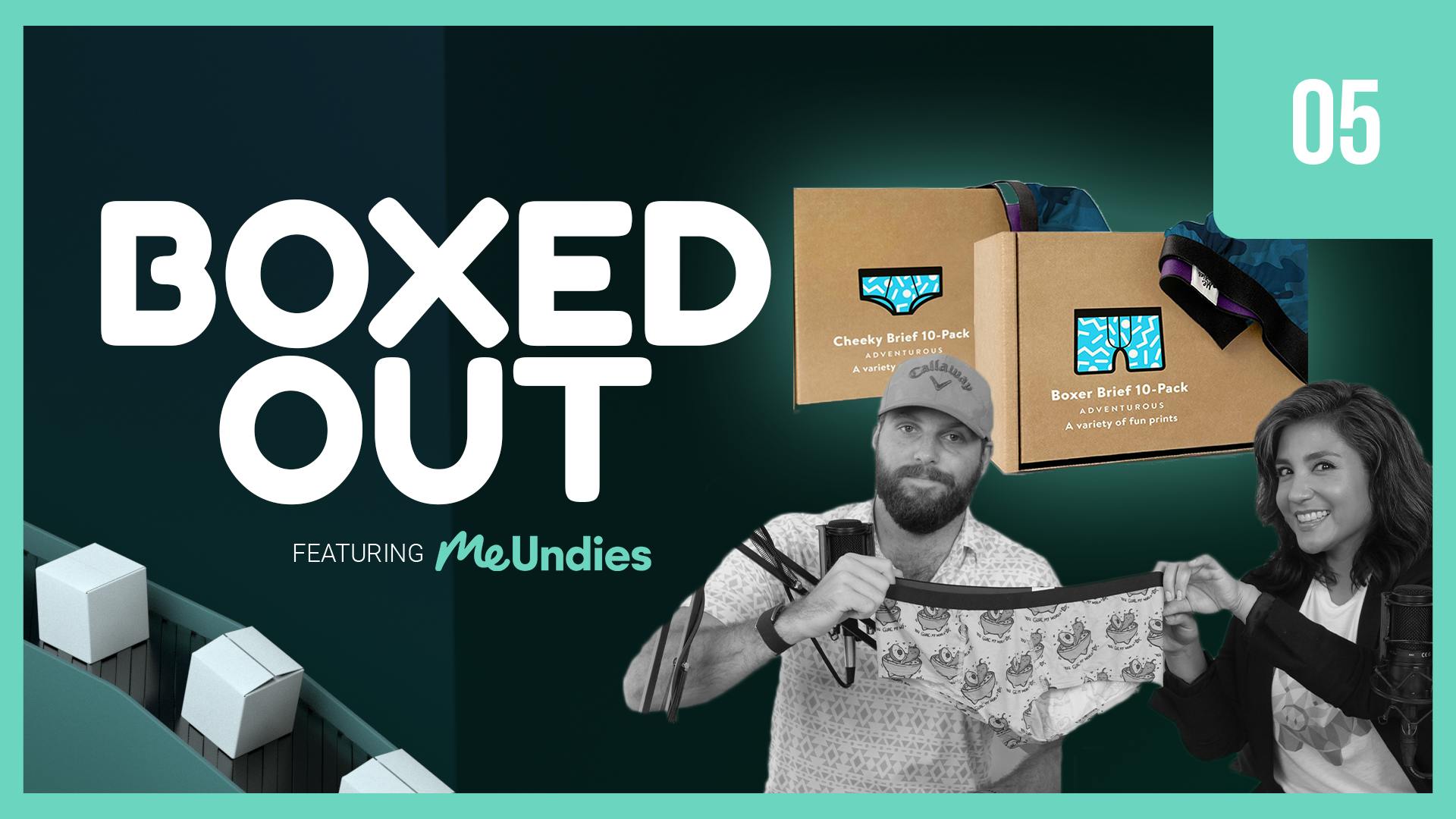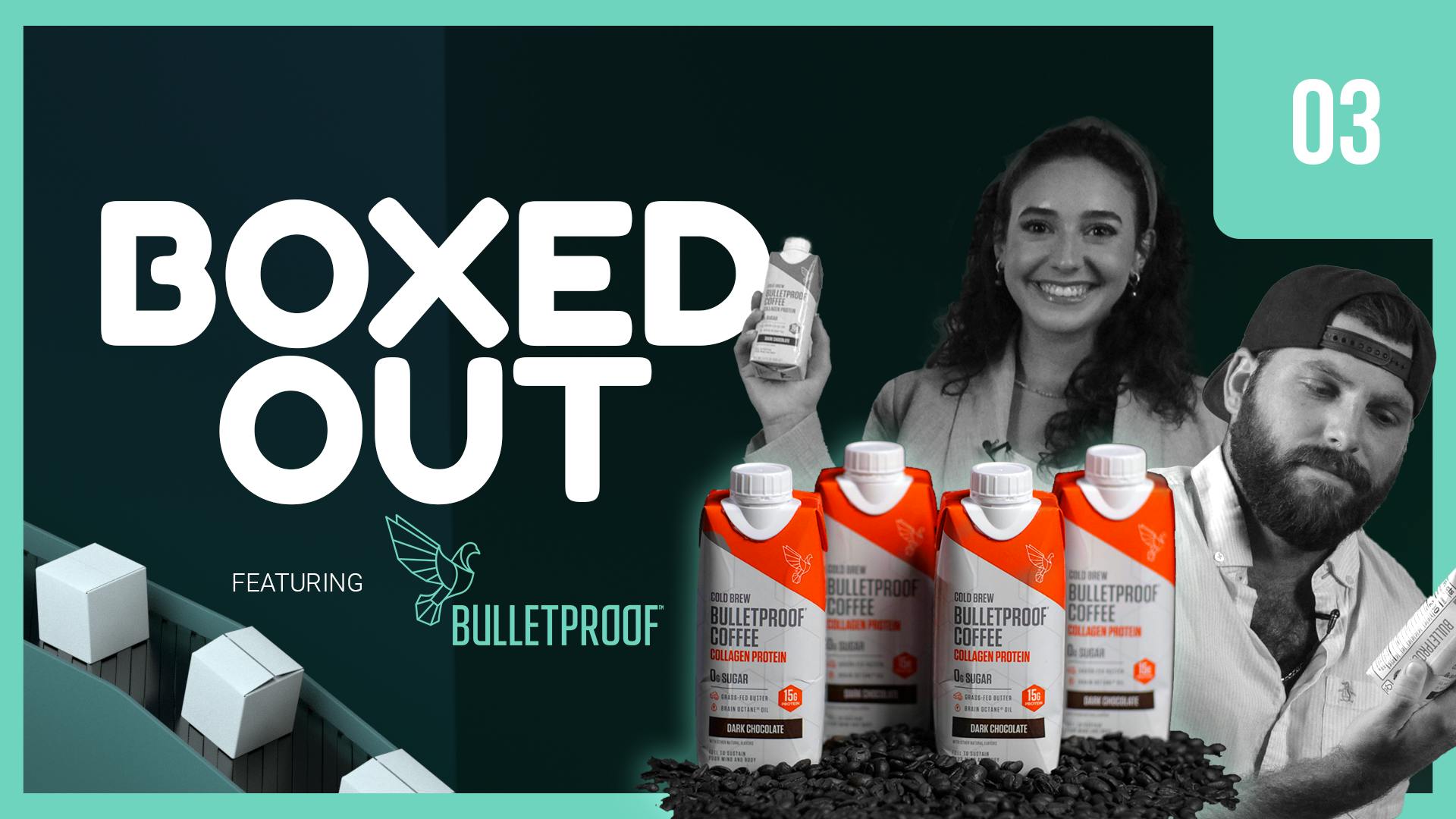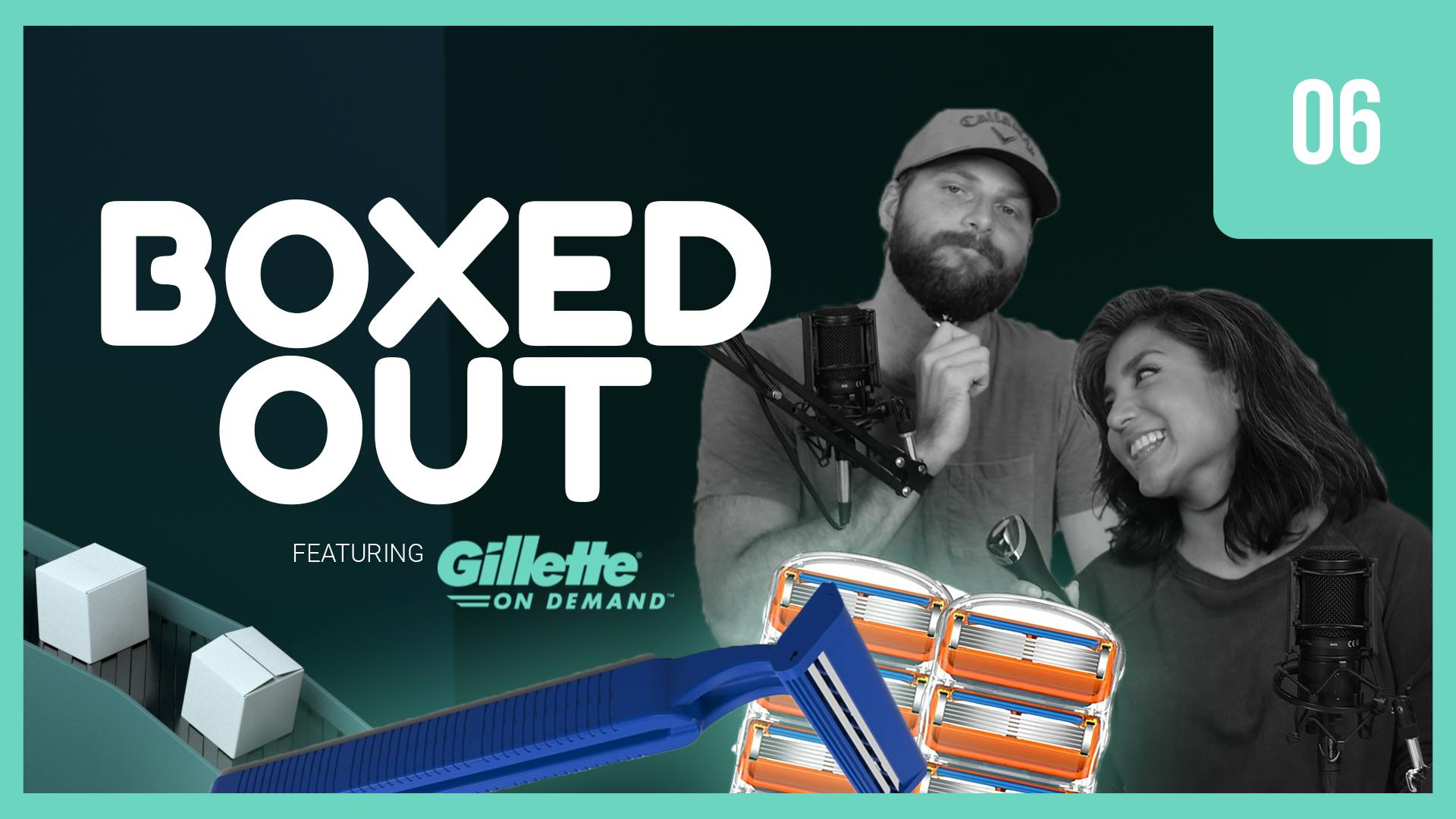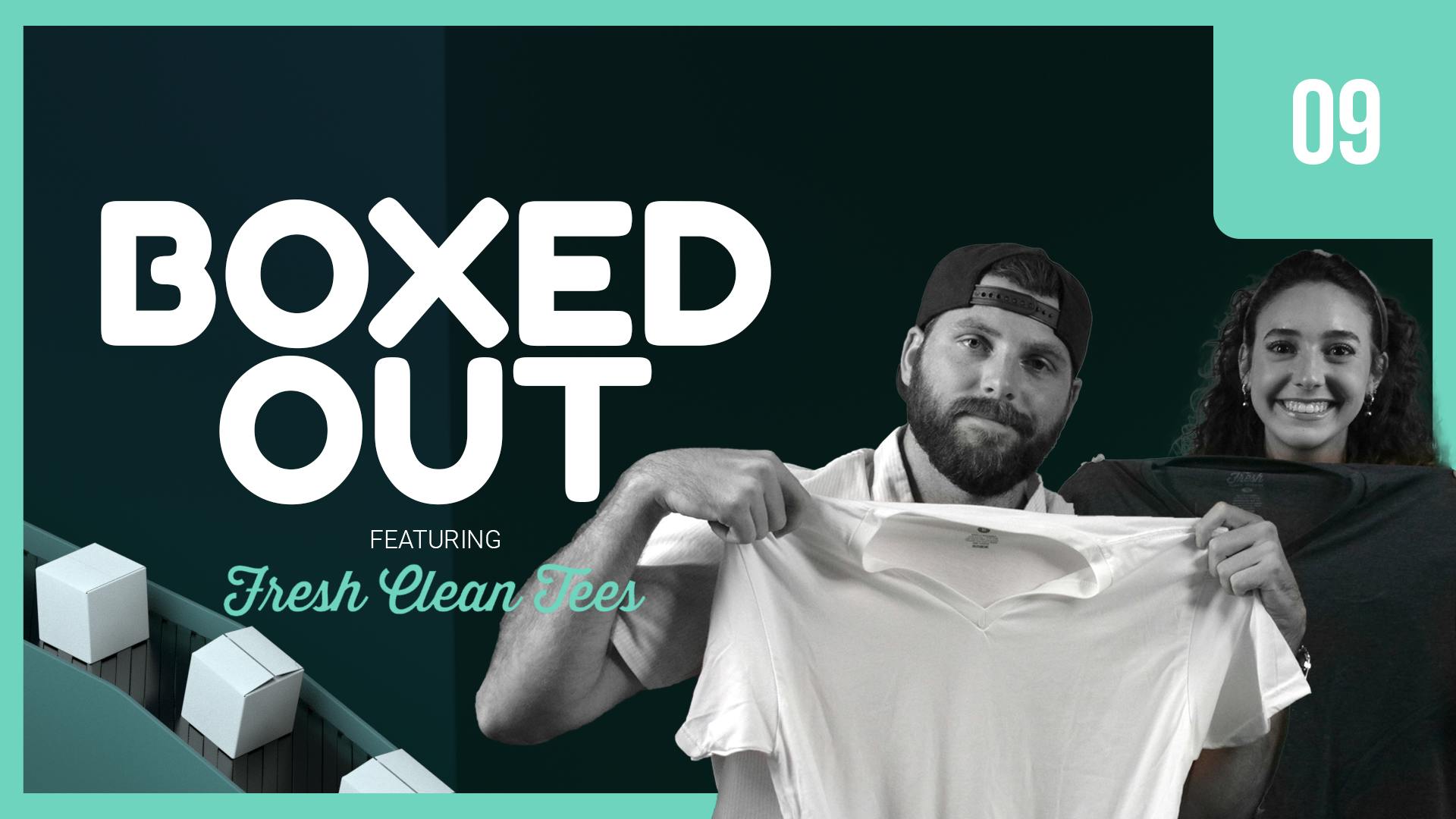
Is Wohven's Retention a Perfect Fit?
This episode might reference ProfitWell and ProfitWell Recur, which following the acquisition by Paddle is now Paddle Studios. Some information may be out of date.
Please message us at studios@paddle.com if you have any questions or comments!
Today we're talking about Wohven, a company that's taken on the multi-billion t-shirt market by offering up a low-choice solution that actually maximizes customer experience. We're going to learn how Wohven used a narrow focus to their advantage and then we're going to jump into what they're doing great, and not so great ,with their subscription retention strategy, wrapping this all up into a nice case study for improvements for your own DTC brand.
Key takeaways:
Wohven has done a phenomenal job filling a need and creating a convenience men can truly appreciate. They're also doing a fantastic job at active churn, but not so great at expansion revenue or their credit card failure process. Here's what's needed now:
- Term optimization
Wohven's term optimization needs help. Remember, longer-term subscriptions retain customers at a 15-30% percent higher rate than monthly subscriptions.
Offer longer-term plans in exchange for a discount.
Term optimize after the purchase has been made, as well as before.
Remind customers to upgrade to a longer-term plan with a plain text email and offer a one-click upgrade. - Expansion revenue
Wohven needs to set up some sort of expansion revenue path. Customers who have at least on add-on or additional purchase tend to have - 18-54% higher lifetime value
Offer specialty packs (his & hers, father/son, sticker packs).
Offer more cross-sells or upsells in quantity.
Offer charitable donations. - Credit card failure process
Wohven needs to refine their credit card failure process. They're losing thousands, if not millions by doing the minimum.
They need four to five plain text emails that go out in an intelligent drip based on the customer's behavior after they realize the card's declined.
Add SMS messages to this flow.
Liven up the credit card form a bit more to properly capture the user, in a more secure and pleasing way.
Wohven
T-shirts are a worldwide fashion staple that goes back to ancient times. Up until the 1950s the t-shirt was largely considered an undergarment until rebels like Marlon Brando and James Dean went t-shirt only and started the path of the t-shirt becoming the iconic staple it is today for expressing minimalism, political ideologies, bad internet joke, and of course dank memes. It’s timeless and given its simplicity and being non-gendered, it’s been described as the most democratic garment ever.
T-shirts positioned as essential is what caused Drew Carson to found Wohven in 2017, a subscription for t-shirts in either a color or with a design. Carson noticed that the quality and price for the everyday t-shirt was swinging in the wrong direction, so he created Wohven to provide convenience for men who didn’t want to spend time finding the right t-shirt, but still needed the everyday essential. Throw in consistently good designs, and you have a good recipe for a DTC business.
Wohven's success
First, Wohven provides a quality alternative to the current market. T-shirts are a commodity, so Carson knew they needed to stand out through making sure the t-shirts were sized appropriately, made from the right mix of fabrics, and ultimately comfortable to wear. They’re helping folks not have to think, so you don’t want to mess up the product selection process. Carson also wanted to offer up designs that were universally good, so customers would feel like even though they didn’t choose the shirt exactly they still enjoyed the experience.
This commitment to the customer also lead to the second big factor—Wohven minimizes choice as much as possible. You may think that’s actually a bad thing, but with endless options out there, Wohven is the alternative that offers up a quality product without a lot of hassle or confusion. You simply choose between a blank T or a design version and you’re off to the races.
Quality fabric, easy experience, and plenty of cool factor. It's no wonder Wohven’s taken this staple to the next level.
Wohven’s minimalist and low-maintenance t-shirts have been such a hit that naturally, socks and boxer briefs have been added to its line of men’s basic essentials. And its T-shirt line has also been extended to kids. The convenience and quality Wohven’s service offers men has led to plenty of positive reviews and happy customers.
Wohven's retention review
Wohven has done a phenomenal job filling a need and creating a convenience men can truly appreciate. And though they're doing a lot right, not everything's amazing about Wohven’s strategy—there’s always room for improvement. Most brands simply don't focus on this aspect of their business enough.
Why is retention important?
You spend half of your budget and time acquiring customers, but to be successful, you need to keep them. The beauty of the subscription model is that the relationship with the customer is baked directly into how you make money. If that customer is happy, they'll keep buying from you in the long term. If they're upset or not seeing the value, they'll cancel quickly.
Plus, money talks here. Those subscription ecommerce companies using the tactics we're going to talk about have 2x the customer lifetime value (LTV), 2x the average order value, and 3x higher growth rates, because they're not worried about plugging a leaky retention bucket.
To highlight the importance here, let's look through Wohven's retention strategy and break down what they're doing well, and not so well, so you can learn for your own DTC business.
Retention has three parts:
- Active churn, which are customers who are actively choosing to cancel your product.
- Expansion revenue, which are your existing customers that buy more product.
- Delinquent (or involuntary) churn, which are customers who's credit card or payment has failed, which sadly is one of the largest single buckets of where you're losing money.
Wohven's active churn:
When we look at Wohven's active churn, there are so many reasons why a customer may cancel. We want to make sure Wohven is not only setting up their customers for long-term retention in the initial purchasing process, but that they're also collecting information on why someone's cancelling, if they so happen to, in order to get a clean cycle of retention improvement.
Well done and well thought out:
Wohven is a company we're actually in love with from an active churn perspective. They aren't doing everything right, but we really appreciate the overall thesis they've tapped into. There's a good group of people who want a good set of graphic or designer shirts, but don't want to spend the time finding them, so assuming they don't send me something I absolutely hate, I'm going to end up ceding my decision to them, which gets me into a very high retention product.
That can't be overlooked. You don't want indecision to be a problem with your retention, as it often is. If you can make the decision for your customers, it works really well. Wohven makes this easy by only having two options to purchase—the monthly graphical t-shirts or monthly blank t-shirts.
The other element that's important here is that this narrows Wohven's customer focus. If you have a customer who wants to customize or choose, then this isn't the product for them. That can seem scary, but a huge piece of great retention is making sure you're targeting the ideal customer profile you seek out, and not trying to be everything to all people.
Wohven's cancellation flows were better than we've seen from most. Fairly well designed and executed. The load times between the options was a bit much, but I doubt most would notice. Essentially based on the option we chose, we'd see a shift in offer. So if we didn't like the shirt or had too many, I could pause or swap product for my next shipment. And if we chose something along the lines of not being satisfied, they gave me a nice salvage offer of 25% off my next subscription to stick around.
Keep in mind these cancellation flows are important. We've found that those companies that properly offer up salvage offers and a clear off-boarding experience tend to save 15-30% more customers. This based on a study we completed studying just over one thousand DTC subscription companies.
Wohven's expansion revenue prowess:
Expansion revenue is crucial, because your existing customers are more than willing to buy 3x more from you—you just have to make sure to ask. Plus, those customers who have at least one add-on or additional purchase tend to have 18-54% higher lifetime value, meaning they're paying you more over the life of the subscription, but they're also sticking around longer, because they're more engrained within your product.
Not so great:
Wohven didn't do much here and we think there's a lot they could do. The only piece we really saw was a referral link on the back end of the order confirmation page, which essentially said you could get a free month if you referred a friend. It's not much and doesn't really tie to expansion revenue for the customer's average order value specifically, but it's something.
There's a lot of potential here. One thing we noticed is we weren't really upsold quantity or design in the order process or after the order was confirmed—meaning they didn't prompt us to get more product or to get the blank t-shirts if we received the more designed shirts and vis versa. This can get clunky if not done right, so Wohven would need to do this in a thoughtful way, but if we love the shirts after a month, convince us to get more.
Another interesting idea is different product lines. I don't want to get too far away from Wohven's narrowness, because I think it's brilliant and simple, but there's a world where they add-on a sticker pack or get into the sock game for some clean add-ons based on that month's design. I realize it's easy for us to say these things and much harder to do them, and they may be out of Wohven's core mission, but there are likely some simple ways to expand average order value and subscription revenue here.
This is an area Wohven should be thinking a lot about, because their customers are fans, so likely more than willing to buy more.
Wohven's credit card failure flow:
Now let's talk about the sexiest topic in the world—credit card failures. We know you don't wake up sweating in the middle of the night thinking about credit cards—that's our job—but here's why we obsess over things like this: just under 40% of the customers that leave you are leaving you because of failed payments. To get these folks back, we want to make sure Manscaped is treating these folks like a marketing channel, sending them messages before the point of failures, all the way to after the point of failure through email and text messages.
The good:
One good thing Wohven did here is make sure that when I click on these emails I don't need to login to update my credit card. The landing page is kind of meh and looks a little scammy since it doesn't look like the rest of their brand, but that friction reduction is key. Based on what we're seeing, I bet Wohven could double their recovery rate. We don't have perfect insight into their business, but that's likely thousands and thousands of dollars which means much more in lifetime value.
The bad:
This is where Wohven could be doing so much better. They're doing the basics, which is better than most, but there's some key misses in their strategy. For one they're only sending three emails in response to a failed credit card and all of them are pseudo plain text and pseudo html marketing emails. We find plain text works so much better than html market-y emails. Have them come from a human being and make sure the copy really boosts the value of the product. Wohven's copy isn't bad, but it's kind of generic and makes us feel like we can just ignore the call to action.
And while you don't want to send too many emails, the key is typically a four to five emails through an intelligent drip over a 14-day period after the initial card fails. Keep in mind that if you don't get updated payment information, these customers aren't coming back and you can make this a great experience by spending some time on the copy here. And obviously if the card gets updated you won't send any more messages. Also, why not send me an SMS message? We didn't get any of those for the payment failure.
Overall:
Wohven's done an above average job, but there's a good amount of work to be done. They just need to take the talent they've applied to the brand, product, and experience and apply it more to the retention side of their business.
Retention revamp
Let's revamp. First though, why do we feel we have any authority to even talk about this? Roughly 20% of the entire subscription market is using ProfitWell, so we're sitting on more data than anyone else. Simply put, we have the data to know what works and what doesn't, and we care more about this problem than anyone else out there.
Let's walk through three big things we'd change immediately about Manscaped's retention strategy, so we can all learn for our own brands.
3 changes needed now:
- Term optimization
We'd help Wohven with some term optimization, meaning get me on a three to six month or even an annual supply. This is one of the keys to proper retention in DTC, making sure the customer gets hooked properly on the product. What'a great about Wohven's product is it's very focused on their ideal customer profile, which means that upgrading to a longer-term plan should be relatively easy. These longer-term plans retain customers at a 15-30% higher rate than monthly subscriptions, as we found in doing a study on over two thousand DTC subscription companies. So even an incremental amount of customers on these plans will pay dividends.When we look at Wohven's current coverage though, I don't believe we were prompted at all to go beyond a monthly plan. Remember, subscribe and save is a subscription, not a discount. In the check-out process, prompt us with another offer for a discount if we sign up for a longer- term plan. You can also term optimize after the purchase has been made, as well as before. New users may want to try the product out before committing to something longer, so reminding them with a plain text email with an offer and then a one-click upgrade to a longer- term plan helps boost overall lifetime value considerably. Remember—and we've published a lot of research on this—using physical amounts, whether it's a free product as the promotion or a physical dollar amount works roughly 2x better than using a percentage off. - Expansion revenue
We'd spend a bunch of time on getting some sort of expansion revenue path set up. Learning from the vitamins and supplement space, maybe it's a "his and hers" pack or even a "father/son" pack that we can purchase if Wohven wants to stay strictly in the t-shirt space.
At the very least they can get us hooked on more cross-sells or upsells in quantity. Another idea we've seen work really well are sticker packs as we mentioned, or even a donation. Charitable giving actually boosts retention quite a bit. It won't necessarily boost average order value, but at least it'll retain folks further and help the world in some way. - Credit card failure process Wohven needs to refine their credit card failure process, because they're losing a lot of revenue by doing the minimum. They need four to five plain text emails that go out in an intelligent drip based on the customer's behavior after they realize the card's declined, and those obviously don't send when a credit card gets back on file. They need SMS messages in this flow and they need to liven up their credit card form a bit more to properly get the user back in a more trustworthy manner.
The changes needed aren't major, but they'll have a big impact. We're most excited about the market share and retention they can gain by applying the simplicity of their design to this part of their flows.
Who's up next?
Next week we're going to the world of flowers and taking a look at the multi-billion dollar industry that's been disrupted in the past few decades with delivery, subscriptions, and even more ethically-sourced product. The DTC brand we'll be digging into is BloomsyBox which has a phenomenal set of subscriptions to get you and your loved ones fresh flowers. So, make sure you subscribe to Boxed Out, and tell your friends so we can get this knowledge into the as many hands as possible.





